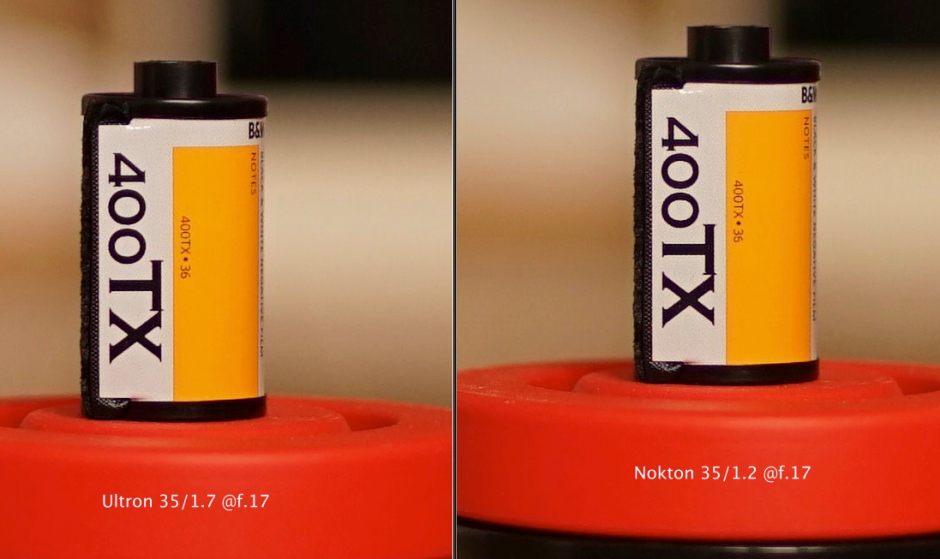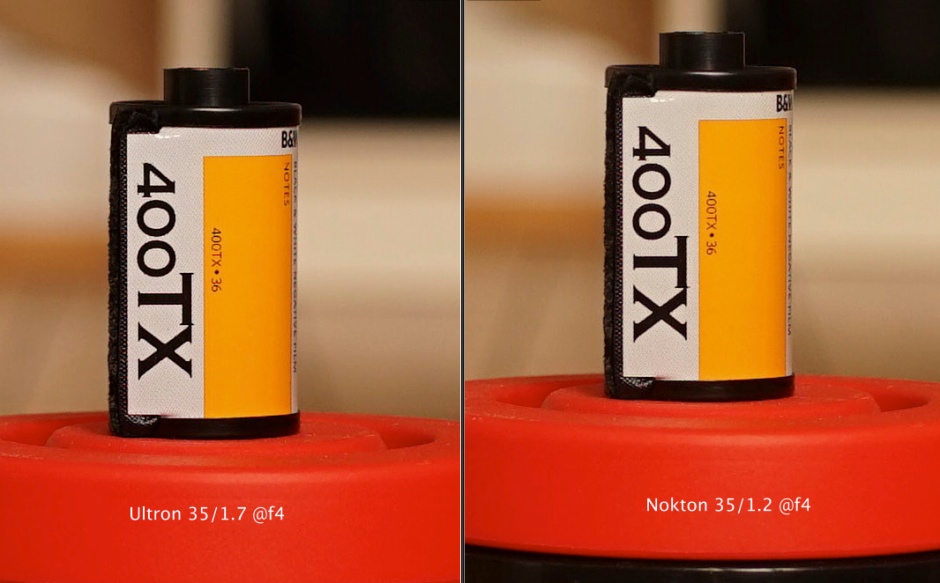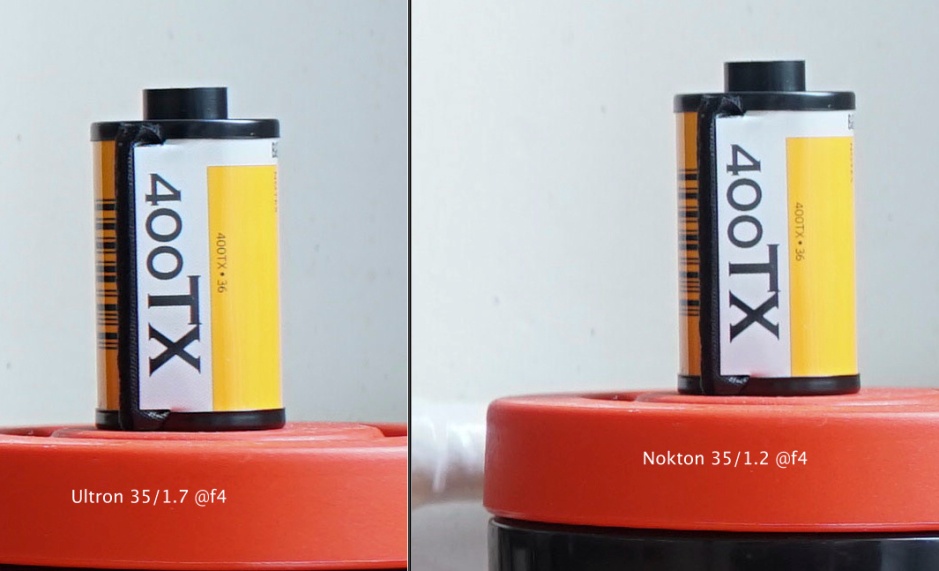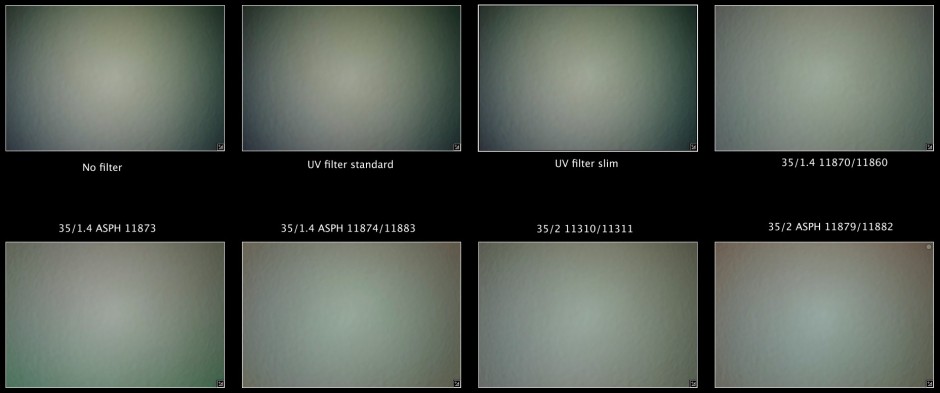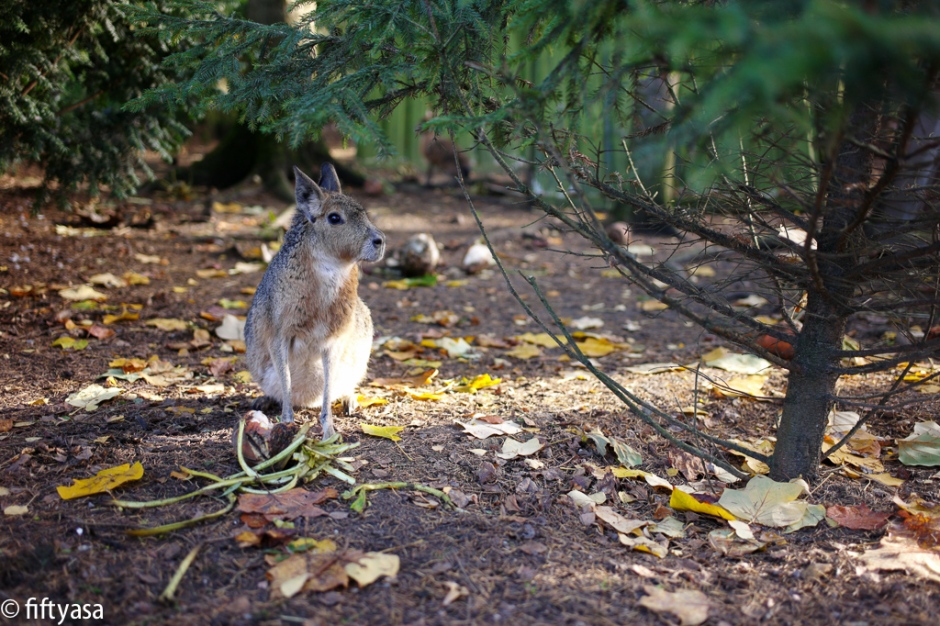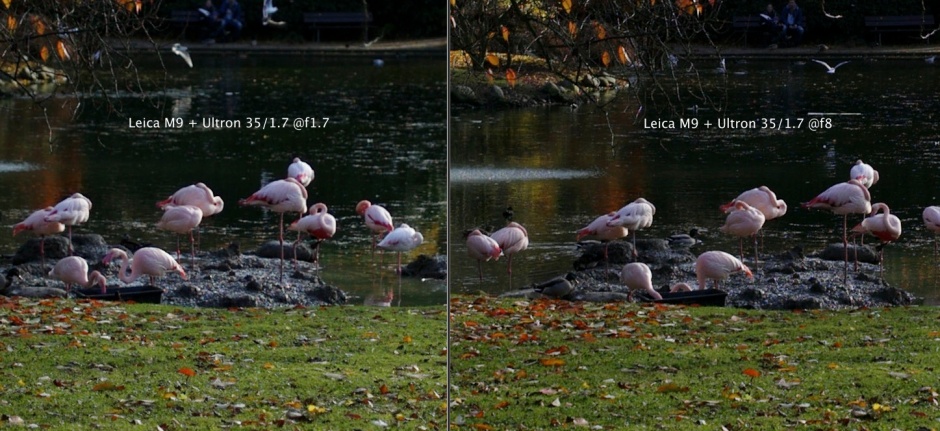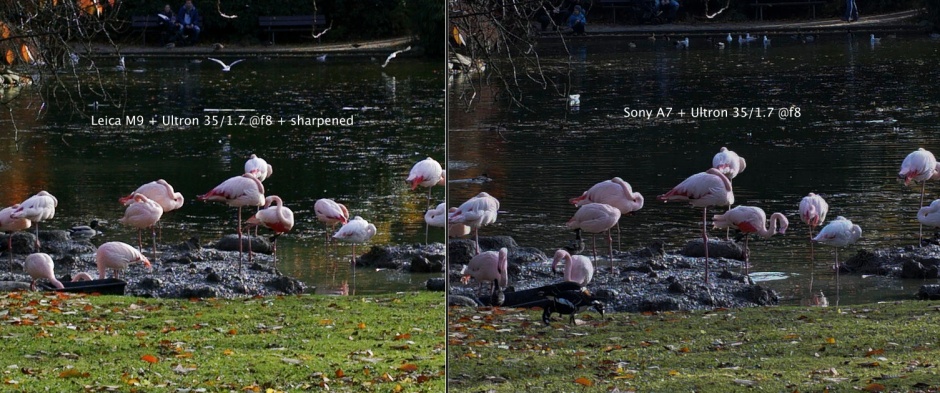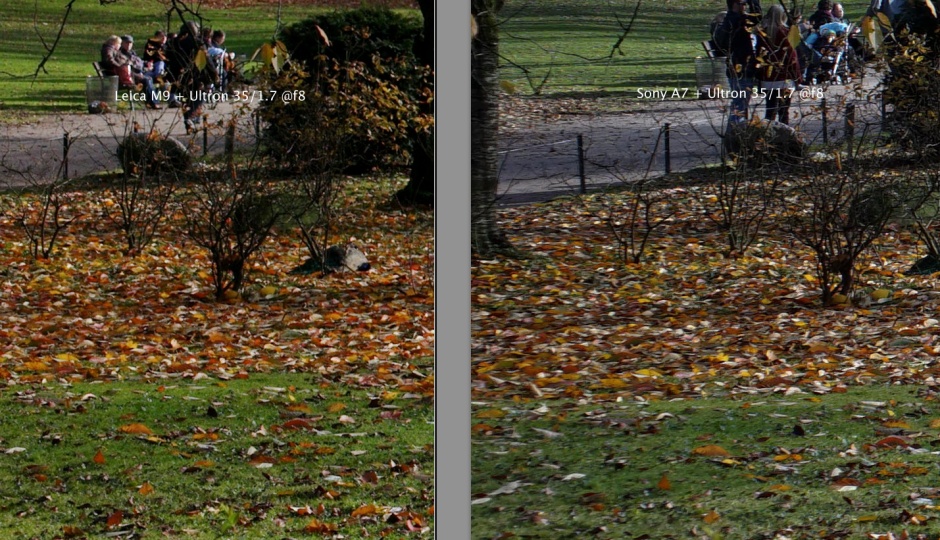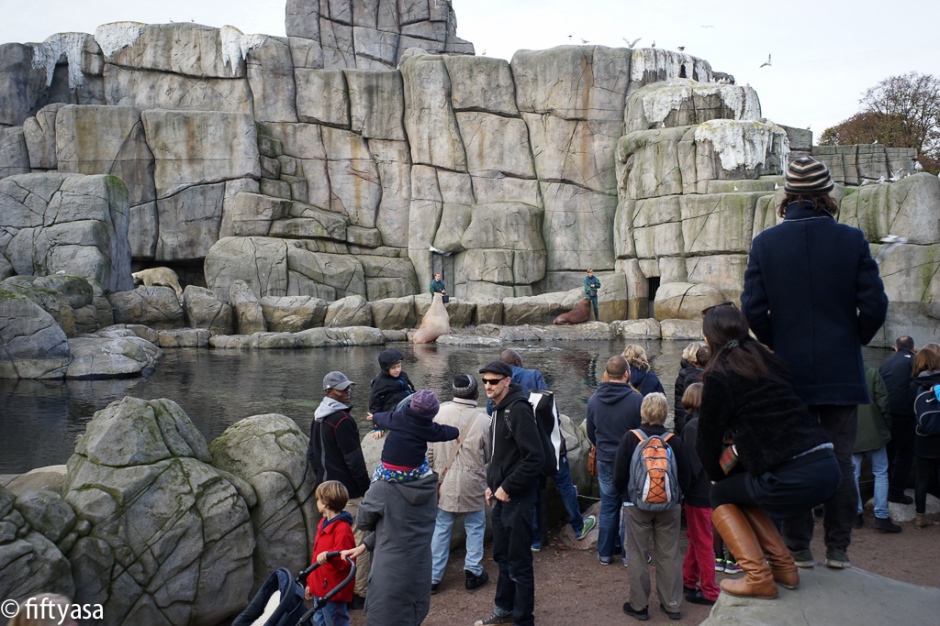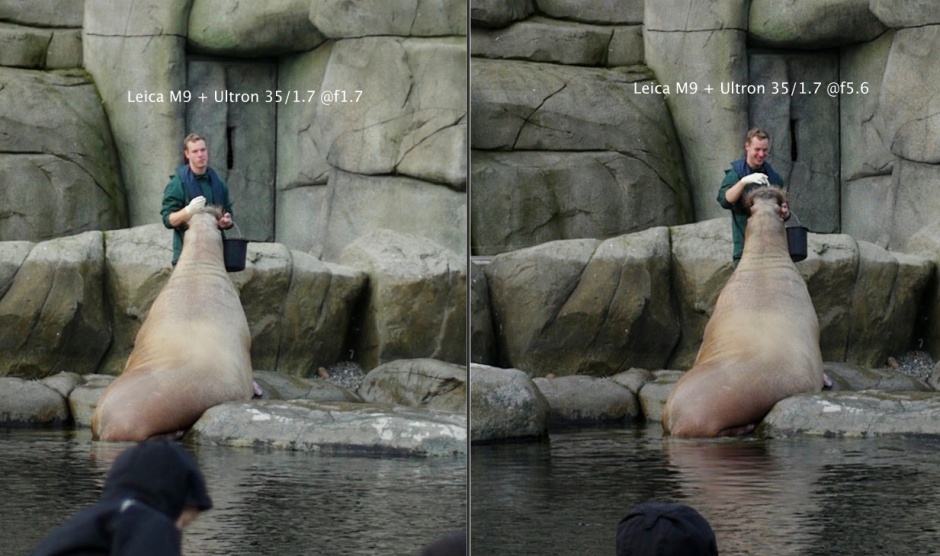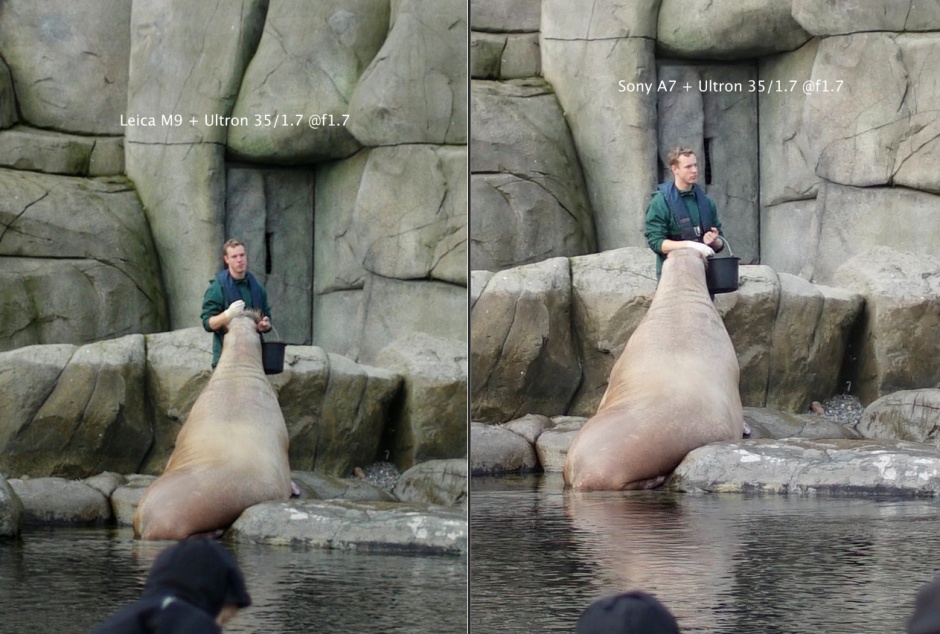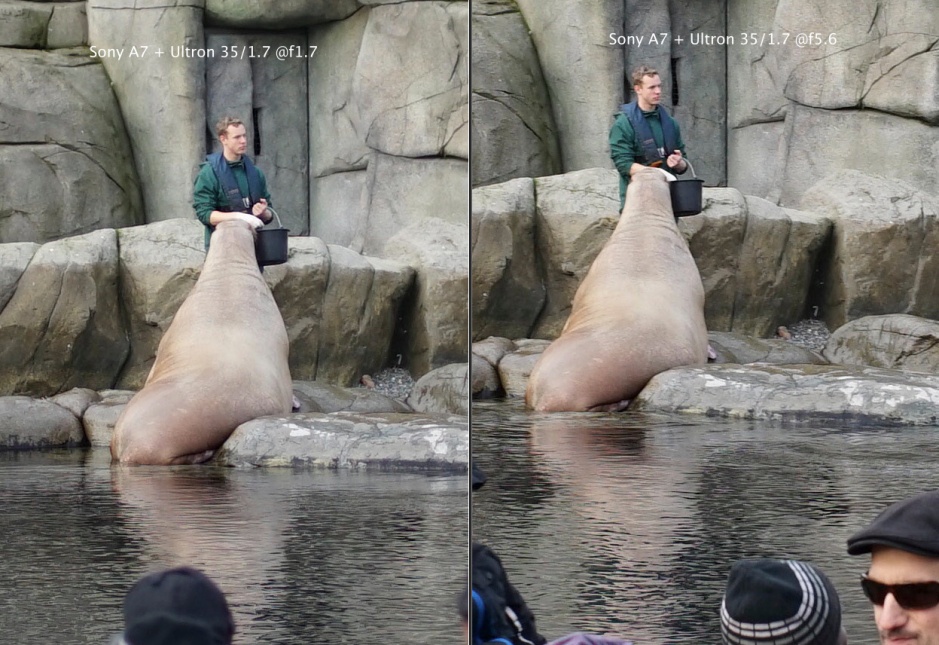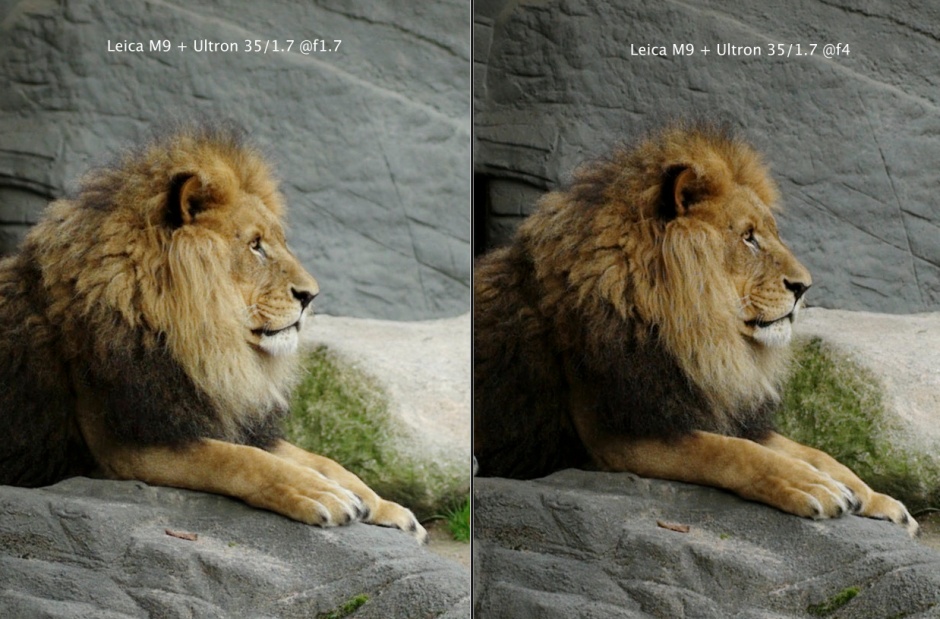I have been looking for quite some time for a small 35mm in M-Mont, mainly for travel photography, to pair my Voigtlaender Nokton 35/1.2 which is way too heavy to carry around the whole day hanging on your neck, but serves well in the portraits/wedding department. With their price tags in mind, I have considered the following alternatives:
- Leica Summicron 2/35 ASPH (used)
- Leica Summarit 2.4/35
- Zeiss Biogon ZM 2.8/25
- Zeiss Biogon ZM 2/35
- Zeiss Distagon ZM 1.4/35
- Voigtlaender Color Skopar PII 2.5/35
- Voigtlaender Ultron 1.7/35
The Summicron was a bit on the expensive side. The Summarit looks attractive but a lot of money for a f/2.4 lens. The bokeh of the Biogon 2/35, from the pictures I saw online, can sometime be very nervous and that put me off. The Distagon 1.4/35 does not solve the problem of size and weight (but I acknowledge the optical excellence). The now Old Ultron 1.7/35 does not focus down to 0.7m, so for me that is a no-go. The shortlist therefore included the Biogon 2.8/35, the Color Skopar 2.5/35 and the New Ultron 1.7/35. Attracted by the speed of the latter, its relative low price and the positive reviews online (as of today I came across these reviews: Steve Huff, Philip Reve, Le Petit Blog and Fred Miranda Blog), I went ahead an bought one.
Tested immediately on the M9, I notice that the lens back-focuses… 😦 Not a good start. With digital Leica M cameras, you never know if the problem is the lens or the camera, but since the camera just came back from Wetzlar after being checked and works well with all my other lenses (with some exceptions I won’t discuss now…), I decided to apply a piece of tape on the rangefinder cam of the lens to offset the back focus. This 3-second operation seems to have solved the problem, at least 98% of it.
All pictures in this post are JPG from the Leica M9 or from the Sony A7. Standard setting, no post-processing (unless stated). Always click to enlarge!
Here I focused (M9) on the tip of the “flower” milk-decoration and it is seems OK.
100% (click to enlarge)
Having with me the Nokton 35mm f1.2 Version 1, I had to do sharpness comparison. The Nokton 35/1.2 is a sharp lens in the center and has wonderful bokeh (although onion rings are visible in the highlights). Can the Ultron beat this guy?
I tested the two lenses for central sharpness at close distance with the Sony A7, just to be sure of the focus. The crops below at 100% zoom of the center of the image.
Here the Nokton at 1.2 vs the Ultron at 1.7. The Ultron wins, but the Nokton is 1 stop faster! (sorry for the incorrect WB, forgot to adjust the setting).
Let’s have them at the same speed: f1.7. I would say tie: the two lenses are almost identical at f1.7 in terms of sharpness.
Interestingly enough the bokeh at f.7 is also substantially indistinguishable, if not for the increased vignetting of the Ultron (something expected given its size compared to the Nokton).
The rendering of the out of focus highlights is however different, with the Ultron lacking the onion rings of the Nokton (visible in this picture on the reflection on the handle of the door).
At f2 there is no difference in central sharpness.
But at f4 the Ultron is sharper in the center, although not by far.
Where the Ultron really shines against the Nokton is on the border of the frame. The test is impossible to do on the Leica M9 (without a live view option), so has to be done again with the A7, knowing that both lenses are not optimized for the A7 sensor and this is normally evident on the borders of the frame.
At f1.7 the Ultron tranches the Nokton at the edge of the frame (center right frame here):
It is only at f4 where the Nokton improves its edge performance but the Ultron continues to outperform its old brother.
Time to mount the Ultron on the M9 and go for a walk. First questions is however which coding I should use with this lens. In the picture below I shot a white wall with focus at infinity (worst vignetting conditions) with different coding setting and pushed saturation to 100% in post.
I would say that there are 2 options to code the New Ultron: either as 35/1.4 11870/11860 or 35/2 11310/11311 which looks actually better. This website suggested the 35/2 ASPH 11879/11882 for the old Ultron. On the new Ultron this setting produces red corners and should be avoided. (I also corrected the WB of the series above and the results are the same).
Here some samples out of the M9.
At f2.8:
At 100% zoom (focus maybe not precise)
At f1.7 or f2.0 (don’t know):
100% zoom:
Here on the A7 at f1.7 (vignetting is not added in post)
100% zoom:
We still have to look at the lens performance on distant focus. Here the scene I used:
Central sharpness of the Ultron at f1.7 is confirmed to be very good also on distant focus. At f8 the improvement is visible but not immense. Here the details at 100% zoom. The focus is on the birds.
The Sony A7 JPG seems however much sharper than the M9 in my hand-held test at any f-stop.
Possible reasons are:
- The focus on the M9 was not correct (but at f8 any focus error should disappear)
- The A7 JPG engine applies more sharpening
- The A7 sensor extracts more details
However with a bit more sharpening in post on the M9 files, the differences in central sharpness between the 2 cameras are less obvious:
[updated from 11.10.2015 begin]
I had to look more carefully into this sharpness difference between the M9 and the A7 and the day after I took some more pictures in both JPG and RAW of the neighbors’ house, which is 50-70 meter away from my window. As you can see in the first crop of a photo at f1.7, the A7 JPG is again sharper than the M9 JPG, confirming the findings above.
However the RAW files of the cameras opened in Lightroom are not that different. LR applies to both a standard sharpening of 25. It can be also noted that the Sony JPG is sharper than the RAW version, indicating that the Sony A7 applies a large amount of sharpening in the in-camera JPG conversion.
Same shot at f5.6. Again the RAW files of the A7 and M9 are similar (of course the A7 has more pixel).
This exercise proves that the difference in sharpness seen between the A7 and the M9 on the JPG is almost exclusively due to the in-camera JPG conversion.
[update from 11.10.2015 end]
Where the M9 has a clear edge against the A7 is at the borders of the frame. We know that wide-angle M-Mount lenses are not optimized for the A7 sensor and this is clearly visible in my sample. Here the focus is on the bushes more or less (it was on the birds in the center).
In takes until f8 to reach a decent quality on the A7:
If we stay with the M9, stepping down the Ultron has of course a positive effect on edge sharpness but it is not a huge change (contrary to what we saw with the A7), meaning that the Ultron has good sharpness across the frame already at f1.7.
The test picture below confirms the findings from above:
- The central sharpness is excellent from f1.7 with marginal improvement stepping down (crop #1, crop #4)
- Edge sharpness is also very good from f1.7 with marginal improvement stepping down (crop #2)
- The out of camera Sony A7 JPG images looks sharper (crop #3, #4)
The scene:
100% crops:
Final test which confirms the findings above.
Hope you enjoyed!
M9:
A7:
More pictures to come outside this technical review…
Related post (Feb 2017): Distagon vs Ultron
Related post (Feb 2019): Fast 35 mm shootout




